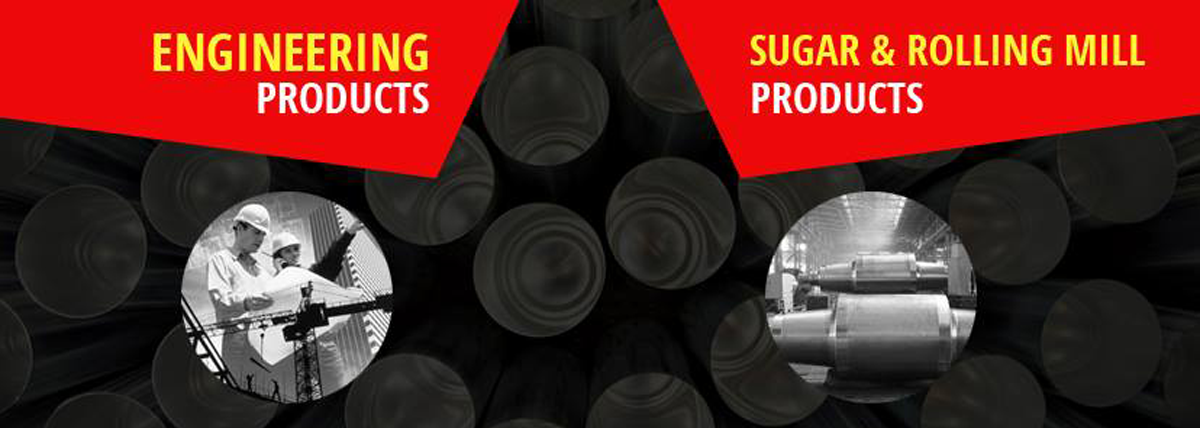The Ultimate Guide to Steel Pipes vs. Steel Tubes
When it comes to construction and engineering, steel pipes are indispensable. Whether you’re a seasoned professional or just starting, understanding the differences between steel pipes and steel tubes is crucial. Let’s dive into what makes these components so essential and how they differ.
What Are Steel Pipes?
Steel pipes are cylindrical, hollow sections made primarily to convey substances like fluids or gasses. Their architecture allows them to handle high pressure, making them versatile across various industries.
Common Applications of Steel Pipes
Steel pipes are vital in many industries, including petrochemicals, marine, and infrastructure. In the energy sector, they transport oil and gas over long distances. Additionally, their resistance to internal and external corrosion makes them ideal for water supply systems.
Understanding Steel Pipe Sizing
Unlike tubes, steel pipes are measured by their internal diameter, which can sometimes lead to confusion. For instance, a pipe with a 2-inch internal diameter may not have an external diameter of 2 inches. Modern sizing standards, such as Nominal Pipe Size (NPS), have simplified this process, but older standards like Iron Pipe Size (IPS) can still be encountered in older installations.
A Brief History of Scheduling
Introduced in 1927, the scheduling system standardized wall thicknesses but isn’t always straightforward, especially with larger pipes. Always consult a size chart when in doubt.
Differences Between Pipes and Tubes
Though they may appear similar, pipes and tubes have key differences:
- Shape: Pipes are usually round, while tubes can be square, rectangular, or round.
- Measurements: Pipes are measured internally, tubes externally.
- Telescopic Ability: Tubes can be telescopic; pipes typically aren’t.
- Rigidity: Pipes are more rigid than tubes.
- Material: While tubes can be made from various metals, steel is preferred for pipes.
- Strength: Steel pipes offer better strength-to-weight ratios.
Why Choose a Reliable Manufacturer for Steel Pipe Supply?
Quality matters when it comes to steel pipes. A reputable manufacturer ensures that pipes meet industry standards, offers customization options, provides a comprehensive range of sizes, and offers expert consultation. This helps ensure the success of your project.
For top-quality steel pipes, consider partnering with a reliable supplier like International Pipe, offering expertise and a wide range of solutions.
Conclusion
Understanding the distinctions between steel pipes and tubes can significantly impact your project. With the right knowledge and a reliable supplier, you can make informed decisions that meet your needs.

